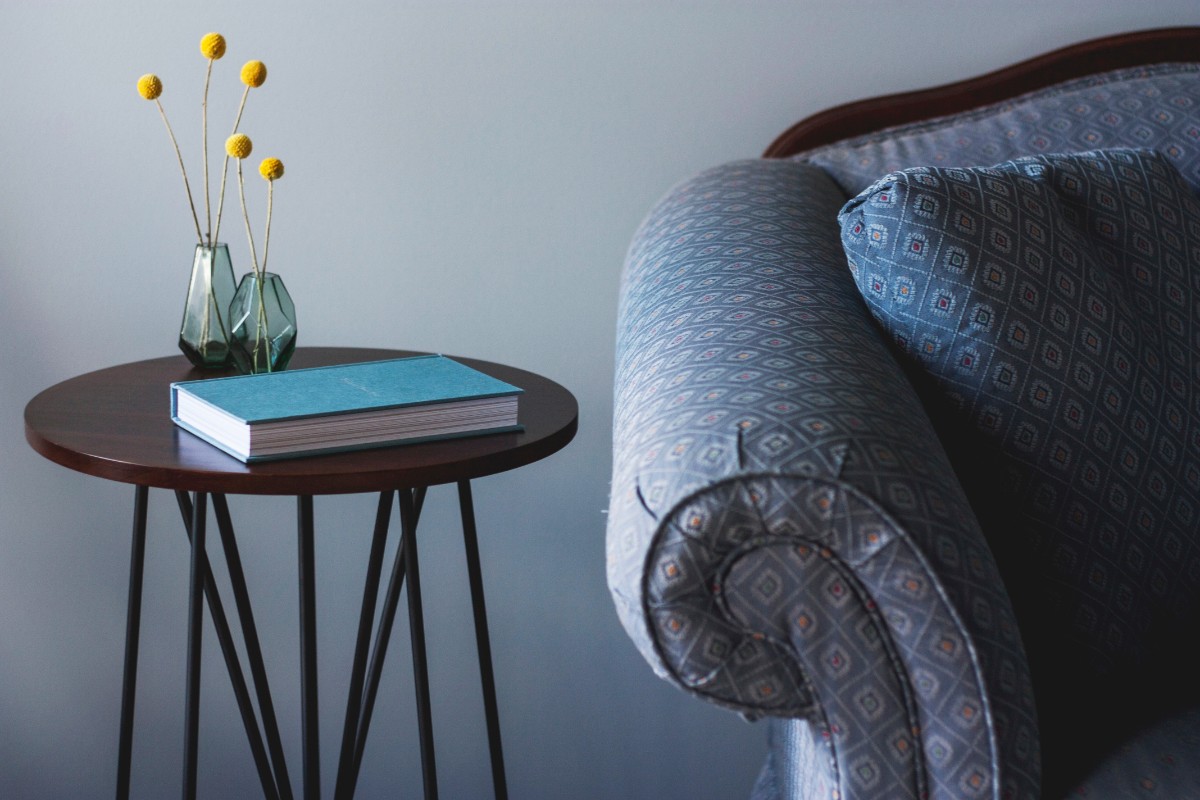In art and design, the levels of details is closely related to the amount of visual interest in a piece. Rich details can help us transform something bland and banal into something amazing, and one way to add details is through what I call microcontrast, which is the contrast within existing elements of your design.
Continue readingWanna Transition into UX? Here Are 3 Actionable Tips
Changing careers can be scary, especially when you haven’t had a complete picture of the field you’re thinking about getting into. To help you cope with the overwhelm and avoid analysis paralysis, below are three quick tips. They should be helpful even if you’re not yet 100% committed to switching to UX.
Continue readingSmall Investment, Nice Return
How creating 200 illustrations on a weekly basis has made me a better illustrator
I recently posted my 200th illustration on Instagram. As you may know, I started this project of creating 1 piece of illustration per week back in 2018. I first reflected on this journey in 2020 when I reached the 100 milestone. Now, after another 100 pieces, it’s about time for me to look back again and share with you how 4 years of consistent practice, especially in the last two years, has shaped my illustration style, and I hope that this will give you inspiration in whatever goals you want to achieve.
Continue readingThe Next-Level of User-Friendliness
A complex software application often involves multiple personas, several user journeys, and complicated interactions between different user groups. Without a thoughtful design, these complexities can be overwhelming and frustrating: Users are forced to deal with a cluttered UI with overloaded features, or to search for an obscure button or command, or to figure out a user flow that’s hard for laymen to understand. As a result, they get lost while using the software and are forced to seek help or go through trainings.
Instead of forcing the users to learn and adapt, how can we design an application in such as way that it proactively tries to help the users? Well, one way to do that is to predict the user intent using various contextual cues, such as the user’s skill level, the content the user is working on, etc, and present the right features at the right stage of the user journey through an adaptive UI.
Continue readingColors Are Relative
One of the most amazing things about colors is that they are relative. I learned this from one of my professors in university. It’s an optical illusion, and it can be used to our advantage to create the perception of the color we want without actually using that color.
Continue reading